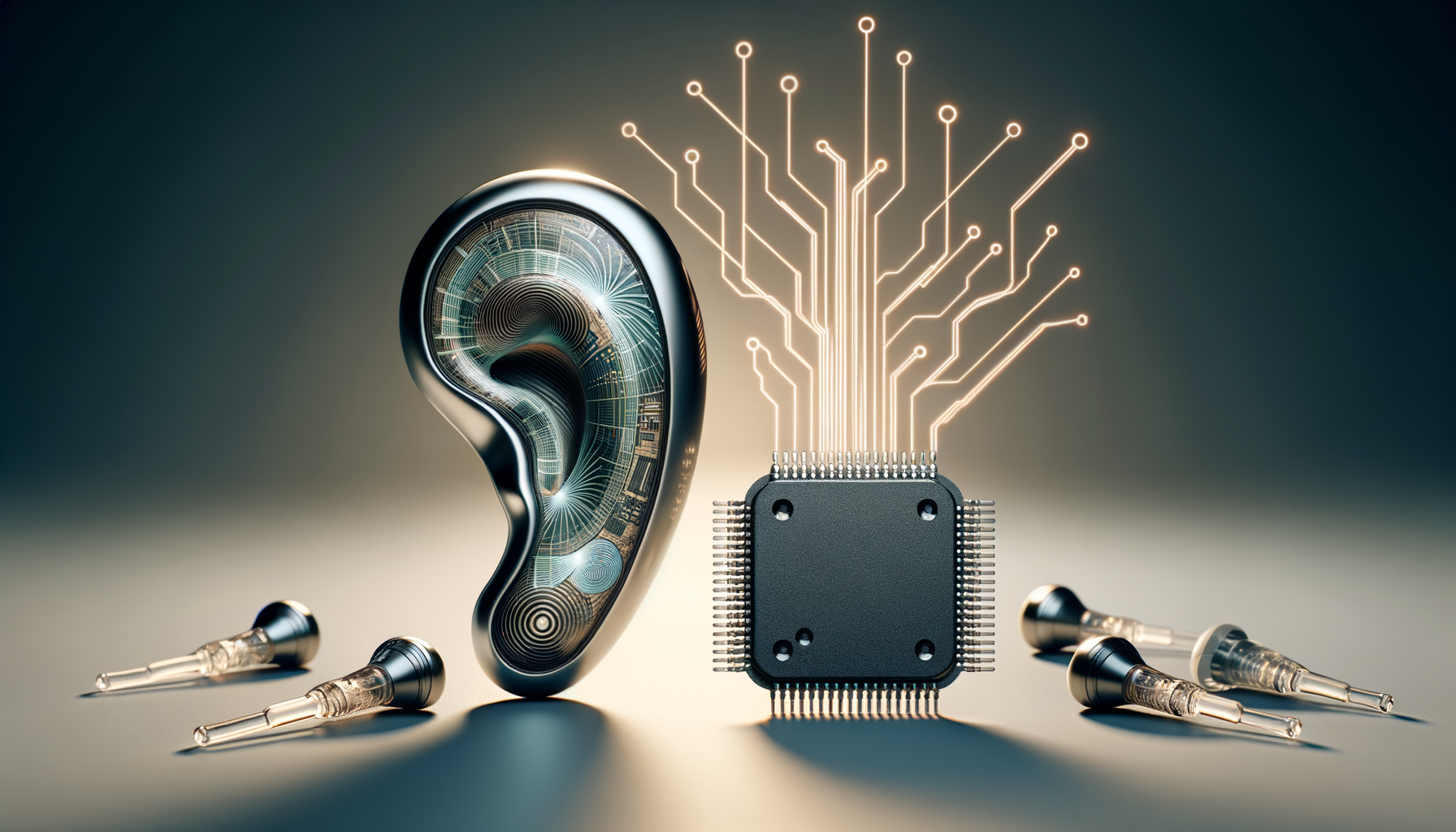How AI Is Transforming the Hearing Aid Industry
The Evolution of Hearing Aids Hearing aids have come a long way since their inception. From basic acoustic devices to sophisticated digital systems, these tools have continuously evolved to meet the growing demands of individuals with hearing impairments. The journey began with simple ear trumpets in the 17th century, which were the only option for

The Evolution of Hearing Aids
Hearing aids have come a long way since their inception. From basic acoustic devices to sophisticated digital systems, these tools have continuously evolved to meet the growing demands of individuals with hearing impairments. The journey began with simple ear trumpets in the 17th century, which were the only option for those with hearing difficulties. These devices were cumbersome and offered limited amplification.
The late 19th century saw the advent of electronic hearing aids, thanks to the invention of the telephone and the microphone. This era marked a significant leap forward, enabling more effective sound amplification. However, these devices were still bulky and not very user-friendly. It wasn’t until the mid-20th century that hearing aids became portable and more accessible to the general public.
Today, the hearing aid industry is experiencing another transformative phase, driven by the integration of digital technology and artificial intelligence (AI). Modern hearing aids are not only smaller and more discreet but also packed with features that enhance sound quality and user experience. AI-powered hearing aids can adapt to different environments, reduce background noise, and even learn from user preferences. This technological advancement is making a significant impact on the lives of those with hearing impairments, offering them greater clarity and convenience.
How AI Enhances Hearing Aid Functionality
The introduction of AI into hearing aids is a game-changer, providing users with unprecedented levels of sound clarity and customization. AI algorithms analyze the surrounding environment and automatically adjust the hearing aid settings to optimize the listening experience. This means that users can seamlessly transition from a quiet room to a bustling street without manually changing the settings.
One of the standout features of AI in hearing aids is noise reduction. Traditional hearing aids often struggle with distinguishing between speech and background noise, leading to a less than ideal listening experience. AI technology, however, can differentiate between various sound sources, suppressing unwanted noise while enhancing speech clarity. This is particularly beneficial in noisy environments like restaurants or crowded events.
Moreover, AI-powered hearing aids can learn from user interactions. By analyzing patterns in how users adjust their devices, AI can predict preferences and make automatic adjustments. This personalized approach not only improves user satisfaction but also reduces the need for constant manual adjustments, making the devices more user-friendly.
- Automatic environmental adaptation
- Enhanced noise reduction capabilities
- Personalized user experience through learning algorithms
The Future of AI in Hearing Aids
The future of AI in hearing aids looks promising, with ongoing research and development aimed at further enhancing their capabilities. One area of focus is the integration of health monitoring features. By incorporating sensors, AI-driven hearing aids could potentially track vital signs such as heart rate and body temperature, offering users a comprehensive health monitoring tool.
Additionally, the use of AI in hearing aids is paving the way for improved connectivity with other smart devices. Future models may offer seamless integration with smartphones, smart home systems, and even virtual assistants, providing users with a more connected and convenient lifestyle. This connectivity could also enable real-time language translation and transcription services, further expanding the functionality of hearing aids.
As AI technology continues to evolve, we can expect hearing aids to become even more intuitive and efficient. The potential for AI to transform the hearing aid industry is immense, promising enhanced quality of life for millions of individuals with hearing impairments. With continuous advancements, AI-powered hearing aids are set to become an indispensable tool in the modern world.